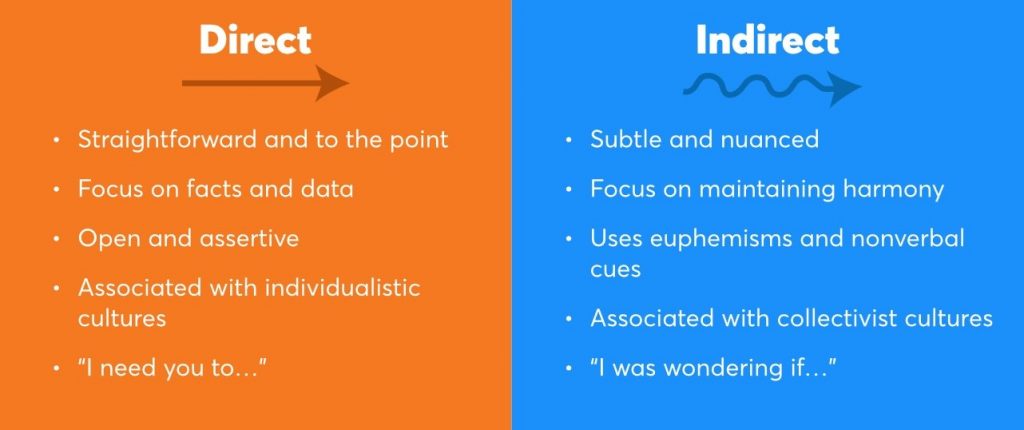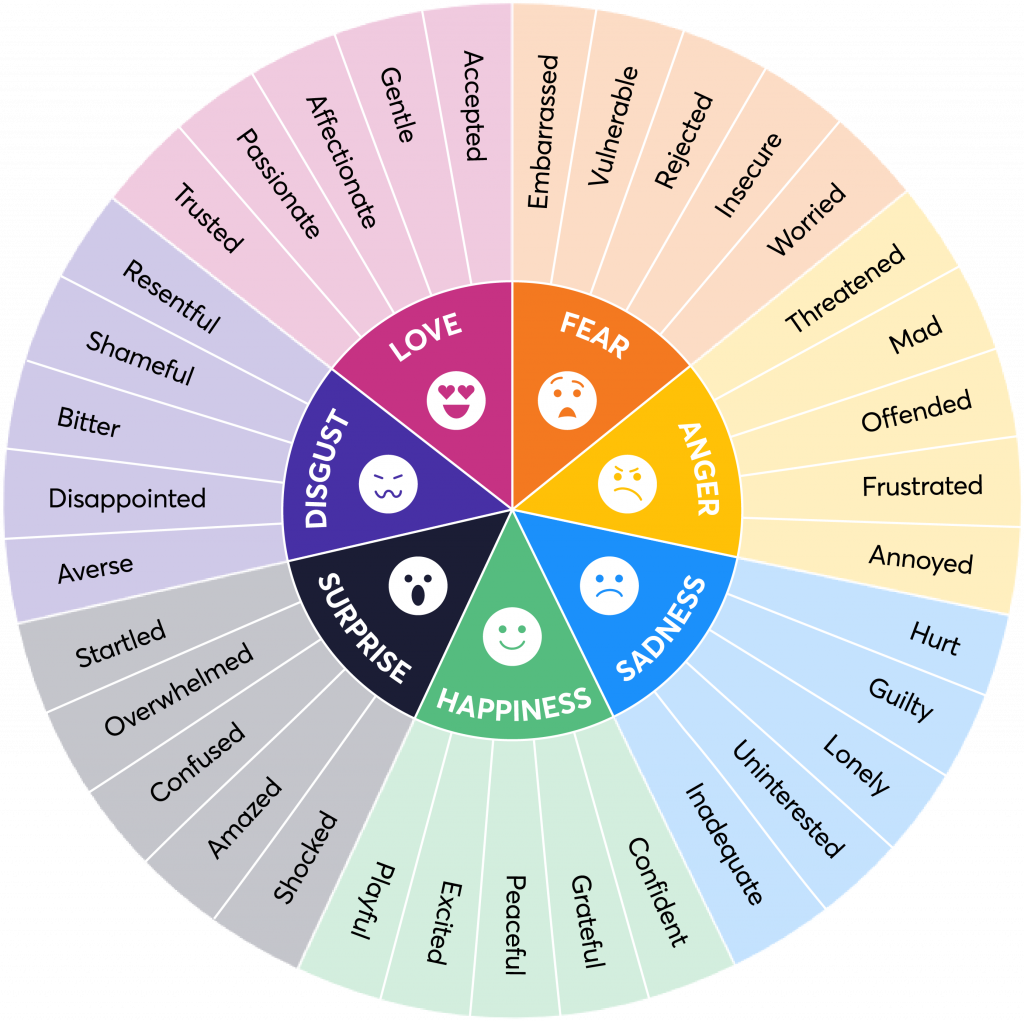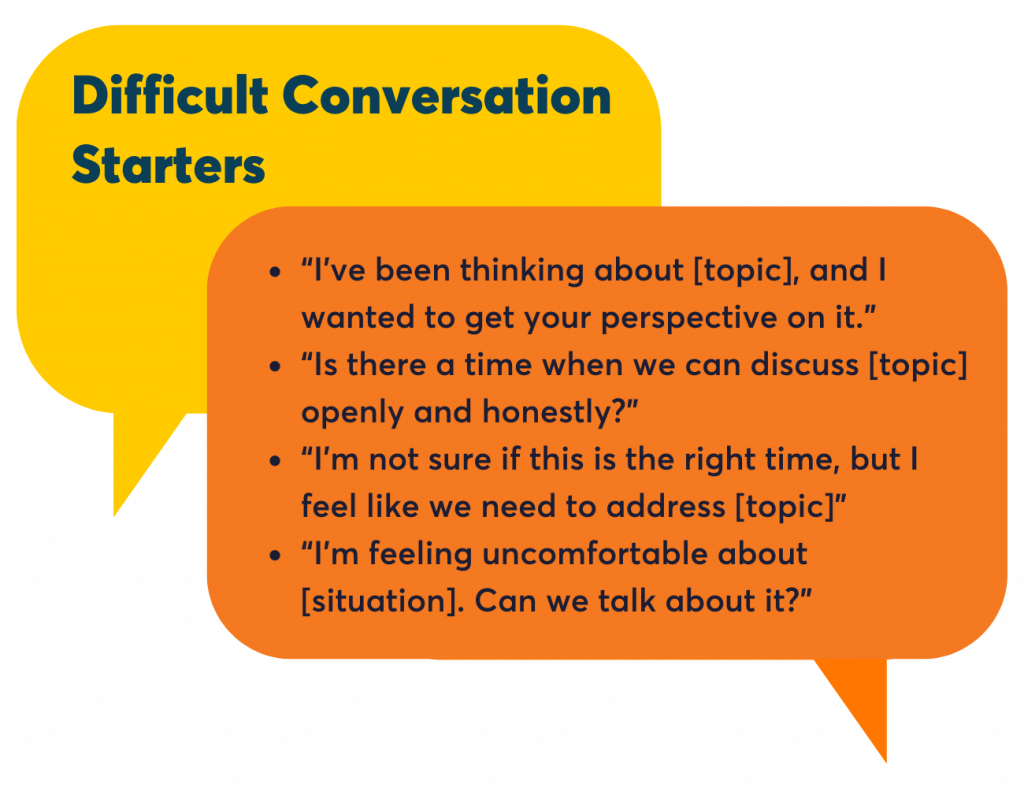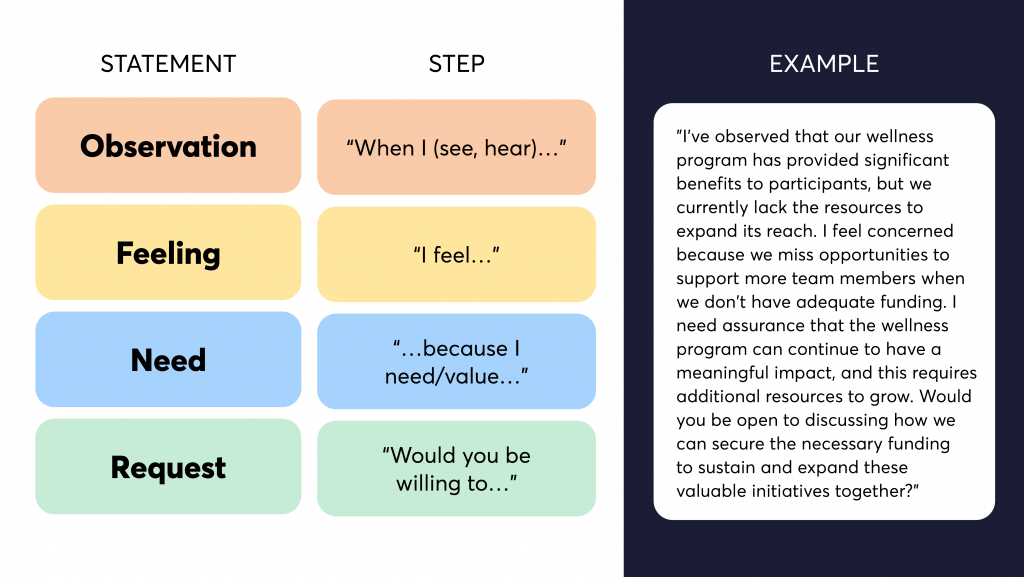The Importance Of Challenging Conversations In The Workplace

Renowned Irish playwright George Bernard Shaw once said, “The single biggest problem in communication is the illusion that it has taken place.” Many people shy away from difficult conversations out of fear of conflict, discomfort with vulnerability, or the mistaken belief that issues will resolve themselves with time. One study on workplace communication found a significant “Conversation Gap,” with 70% of employees avoiding difficult conversations at work.
Challenging conversations aren’t easy, but they’re essential for a healthy, productive workplace. Whether it’s addressing performance concerns with a colleague, navigating conflicts with team members, or confronting systemic issues in an organization, these interactions demand stepping outside one’s comfort zone. While uncomfortable in the short term, the honesty and openness fostered in these dialogues pave the way for more authentic and productive relationships in the long run.
Reasons People Avoid Difficult Conversations
People often avoid difficult conversations at work for three main reasons: fear of conflict, lack of confidence, and uncertainty about outcomes.
Fear Of Conflict

Many employees worry that addressing sensitive issues might escalate tensions or lead to emotional confrontations. While human beings are wired for connection, conflict disrupts this harmony, triggering the fight-or-flight response.
Lack Of Confidence
Some people hesitate to have difficult conversations due to a lack of confidence in their communication skills. They may worry about not expressing their concerns clearly or fear that their message will be misunderstood.
Uncertainty About Outcomes

Employees may avoid difficult conversations because they are uncertain about how the discussion will go and what the outcomes might be. They may worry that the discussion will not lead to a positive resolution or could have unforeseen negative consequences.
Despite the challenges, having difficult conversations at work leads to clearer communication, stronger relationships, and more effective problem-solving. Addressing tough issues openly helps resolve conflicts before they escalate, improves teamwork, and allows teams to find practical solutions together, boosting productivity and creating a more positive work environment.
Tips For Navigating Difficult Conversations
1. Choose An Approach

Selecting the right approach for communication can greatly impact the outcome of a difficult conversation. Direct communication is often more straightforward but may come across as blunt, while indirect communication can be more diplomatic but risks creating misunderstandings. Tailoring your approach based on the context and your relationship with the other person can enhance the effectiveness of the conversation. Factors to consider include:
- Cultural Differences: Western cultures often favor direct communication, emphasizing individualism and assertiveness, while collectivistic cultures may prefer indirect communication to maintain group harmony and respect hierarchy. Understanding these general preferences helps tailor your approach to minimize misunderstandings.
- Power Dynamics: Consider how power dynamics affect the conversation. If you have more authority, avoid coming across as coercive. If you have less authority, use a collaborative approach to ensure your concerns are heard.
- Relationship History: Consider the history of your relationship with the person involved. If there are previous conflicts or a strong rapport, adjust your approach to either mitigate past issues or leverage established trust for a more open dialogue.
- Nature Of The Issue: Evaluate the complexity and sensitivity of the issue at hand. Complex or highly sensitive topics may require a more careful and nuanced approach to ensure that all perspectives are considered and that the conversation remains constructive.

2. Prioritize Psychological Safety
Ensuring psychological safety is crucial for a productive conversation. This involves being aware of your physical and emotional state, choosing a positive emotional presence, and respecting the other person’s perspective. Establishing a safe environment encourages openness and reduces anxiety. To create psychological safety during difficult conversations at work:
- Observe your body’s reactions: Notice physical signs of tension, such as tightness in your stomach, shoulders, or jaw. Manage these reactions through relaxation techniques to stay calm and focused.
- Set a positive emotional intention: Choose how you want to approach the conversation emotionally, such as “calm and curious.” Maintain this intention throughout the discussion to foster a positive atmosphere.
- Remember to listen first: Build trust by inviting people to share what is on their mind, listening to what is important to them in the moment, acknowledging their perspective as valid, and summarizing what you hear so they feel seen and heard.
3. Label Emotions
Most people can identify around 6 to 10 basic emotions, such as happiness, sadness, anger, fear, surprise, disgust, and contempt. However, research suggests that people can recognize and label a broader range of emotions, often around 20 to 30, when more nuanced feelings and blends are considered. Understanding and naming these detailed emotions can help both parties navigate conversations more effectively and address underlying issues constructively. Dr. Gloria Willcox’s Feelings Wheel can help you recognize your own emotions (and those of others).

Here’s how to use these specific emotions to have difficult conversations at work:
Primary Emotion: Angry
Granular Emotion: Offended
Using “offended” instead of “angry” clarifies that the speaker feels disrespected. This helps the listener understand that the problem isn’t just about the project, but also about feeling undervalued. This can lead to a better conversation, as the listener can focus on addressing the issue of respect rather than just the project itself.
Primary Emotion: Fear
Granular Emotion: Insecure
Using “insecure” instead of “fearful” clarifies that the speaker doubts their ability to do the job well. This allows the listener to focus on building the speaker’s confidence, leading to a more productive conversation.
4. Choose The Right Time And Place
Timing and setting play a significant role in the effectiveness of difficult conversations. Avoid initiating these conversations when either party is rushed or stressed, as this can hinder productive dialogue.

- Choose a neutral location: Select a neutral, private space where both parties can speak openly without interruptions. This ensures that the conversation remains focused and respectful, and both parties feel comfortable sharing their thoughts.
- Schedule thoughtfully: Choose a time when everyone involved can be fully present and focused. Avoid times when anyone is likely to be preoccupied with other tasks or under pressure, as this can impact the quality of the conversation.
- Allow for adequate time: Ensure there is enough time set aside for the discussion so that it can be conducted thoroughly without being rushed. This helps in addressing all relevant points and allows for a more comprehensive and effective dialogue.
Additionally, bring up concerns as soon as possible instead of letting them simmer. Delaying conversations can lead to resentment and make the issue harder to resolve. Addressing problems early helps prevent unnecessary tension and fosters a healthier work environment.
5. Ease Into The Conversation
Opening the conversation with thoughtful and non-confrontational statements can set a positive tone. Effective conversation starters help in introducing the topic gently and inviting collaboration.

Additionally, maintain open and approachable body language to convey that you are receptive and engaged. Avoid crossing arms or showing signs of impatience, which can create a barrier to effective communication.
6. Practice Nonviolent Communication
Nonviolent Communication (NVC) fosters empathy and mutual understanding by focusing on needs and feelings rather than judgments or blame. This approach helps in creating a compassionate and effective dialogue. To practice nonviolent communication, use the following framework:

7. Listen Actively
Active listening is essential for effective communication and social wellness in the workplace. It involves fully engaging with the speaker, reflecting on their message, and responding thoughtfully to ensure mutual understanding. The OARS Framework is a valuable tool for enhancing active listening and fostering meaningful dialogue.

- Open-Ended Questions: Start by asking open-ended questions to encourage the speaker to share more detailed information. This approach invites them to elaborate on their thoughts and feelings.
- Affirmations: Use affirmations to acknowledge the speaker’s feelings and validate their perspective.
- Reflective Listening: Reflect on what the speaker has shared by paraphrasing or summarizing their key points. This technique confirms that you have understood their message and provides an opportunity for clarification.
- Summarization: At key moments in the conversation, summarize the main topics and outline next steps to ensure clarity, promote progress, and demonstrate that the speaker’s input is valued.
8. Rumble With Vulnerability

Embracing vulnerability involves approaching the conversation with an open heart and mind, being willing to share your uncertainties, and engaging with the messy aspects of problem-solving together. Since difficult conversations at work often involve sensitive topics, it’s important to embrace vulnerability, rather than shy away from it.
- Share uncertainties: Open up about your doubts or concerns related to the topic. This demonstrates honesty and encourages mutual openness.
- Acknowledge the messy middle: Recognize that problem-solving often involves navigating complex and uncomfortable issues. Be willing to stay engaged through these challenging parts of the conversation.
- Ask for feedback: Show that you value others’ perspectives and are open to their ideas. This fosters a collaborative environment and helps in finding effective solutions.
- Express empathy: Demonstrate that you are sensitive to the other person’s feelings and perspectives. Research shows that empathy in the workplace can significantly reduce turnover, as employees who feel understood and valued are more likely to stay with the organization.
9. Embrace Feedback
Engaging constructively with feedback, especially in difficult conversations at work, can enhance personal and professional development and strengthen team dynamics. It involves not only how you give and receive feedback but also how you use it to foster a more collaborative and productive work environment.
When giving feedback:
- Be specific and clear: Provide concrete examples and detailed explanations to make your feedback actionable.
- Focus on behavior: Address specific behaviors or actions rather than making it about the person.
- Balance positive and constructive feedback: Use a balanced approach by highlighting both strengths and areas for improvement. This helps in maintaining motivation and reinforces positive behaviors.
- Offer solutions and support: Provide suggestions for improvement and offer assistance or resources to help address the feedback.
When receiving feedback:
- Listen actively and openly: Pay full attention to the feedback being given and avoid interrupting or becoming defensive. Show that you are engaged and receptive.
- Ask clarifying questions: If any part of the feedback is unclear, ask questions to gain a deeper understanding. This ensures that you know exactly what changes are needed.
- Reflect on the feedback: Take time to process and reflect on the feedback before responding or taking action. Consider how it applies to your work and how you can make improvements.
- Act and follow up: Implement feedback and schedule follow-up discussions to track progress and address any further concerns. This shows that you value input and are committed to making positive changes.
10. Seek Common Ground
Seeking common ground involves finding shared interests, goals, or values to foster understanding and collaboration. It helps bridge differences and build stronger relationships by focusing on areas of agreement rather than conflict. To find common ground during difficult conversations at work, use the following strategies:

- Identify shared goals: Start by highlighting the common objectives that both parties are working towards to align efforts and focus on mutual interests.
- Acknowledge common values: Recognize and affirm the values or principles that both parties share. This creates a foundation for constructive dialogue and mutual respect.
- Use collaborative language: Frame your communication in a way that emphasizes collaboration and joint problem-solving. Avoid language that creates a sense of opposition.
- Build on agreements: Discuss areas where both parties already agree to establish a positive tone and make it easier to address more contentious issues later.
Conclusion
Navigating difficult conversations at work involves fostering an environment of openness and respect. To handle these conversations effectively, approach them with thoughtfulness, listen actively, and remain open to feedback. Finding common ground and managing emotions can lead to more productive and collaborative discussions. By embracing these principles, you can address challenges constructively, enhance professional relationships, and achieve better outcomes.












